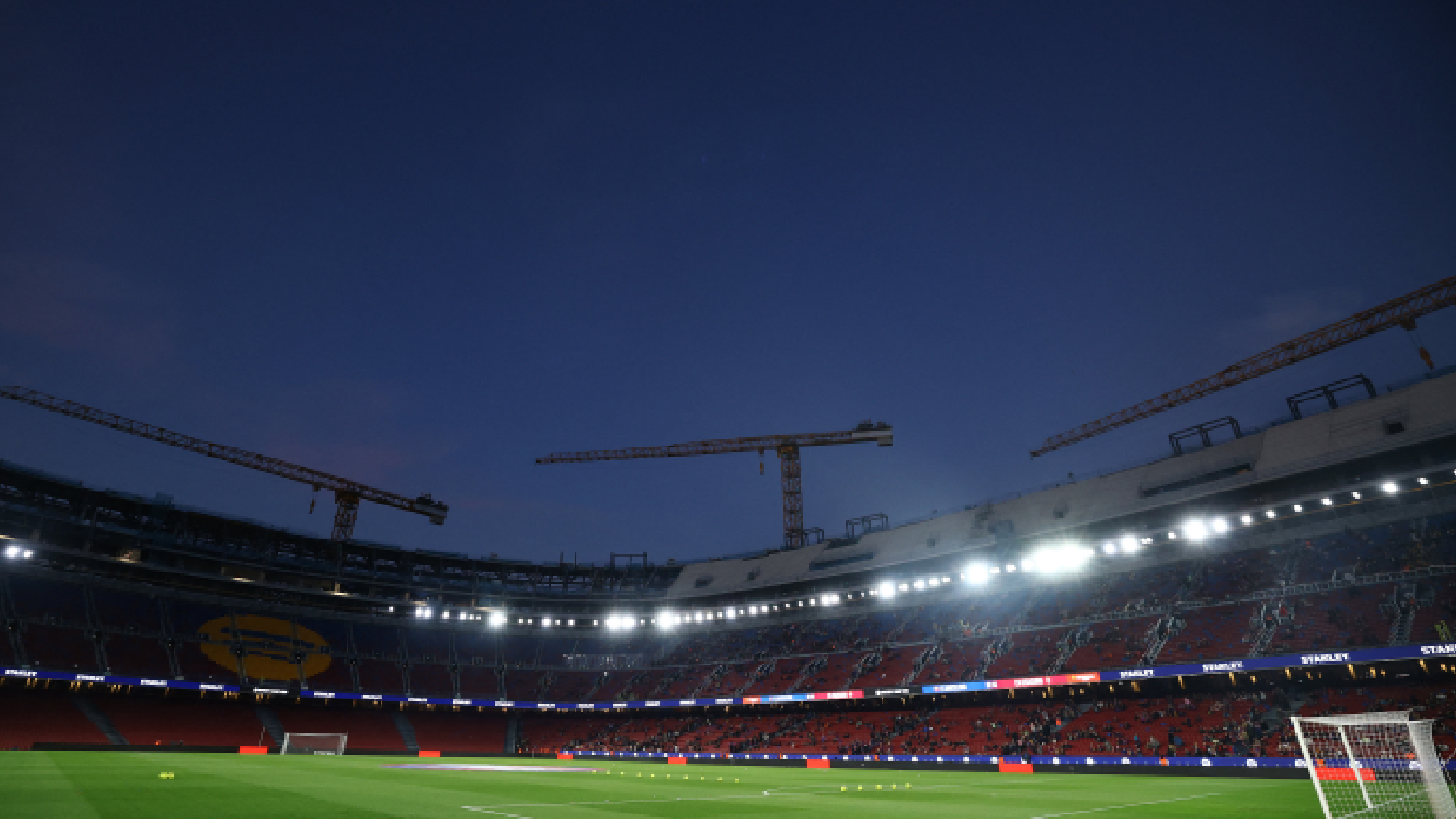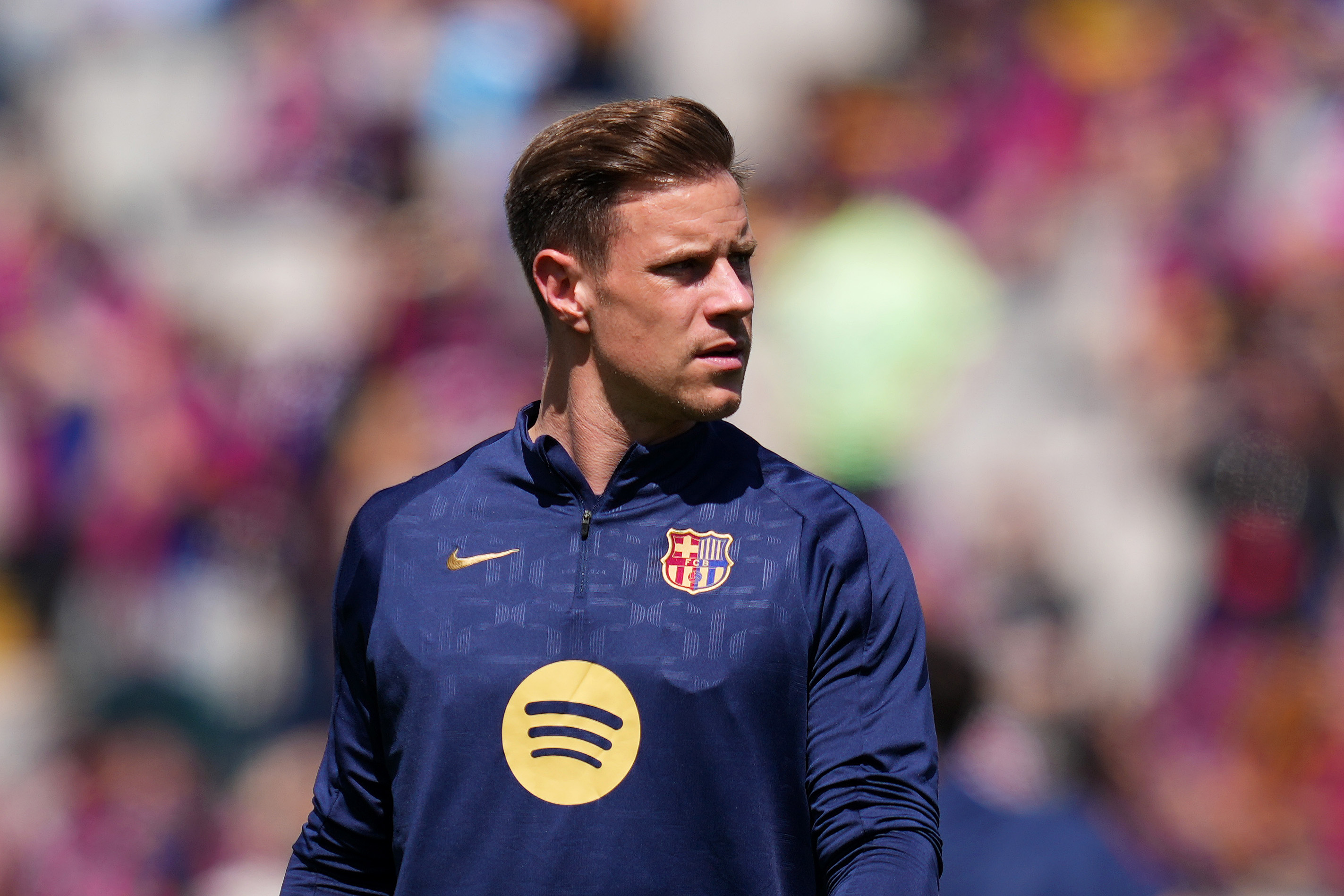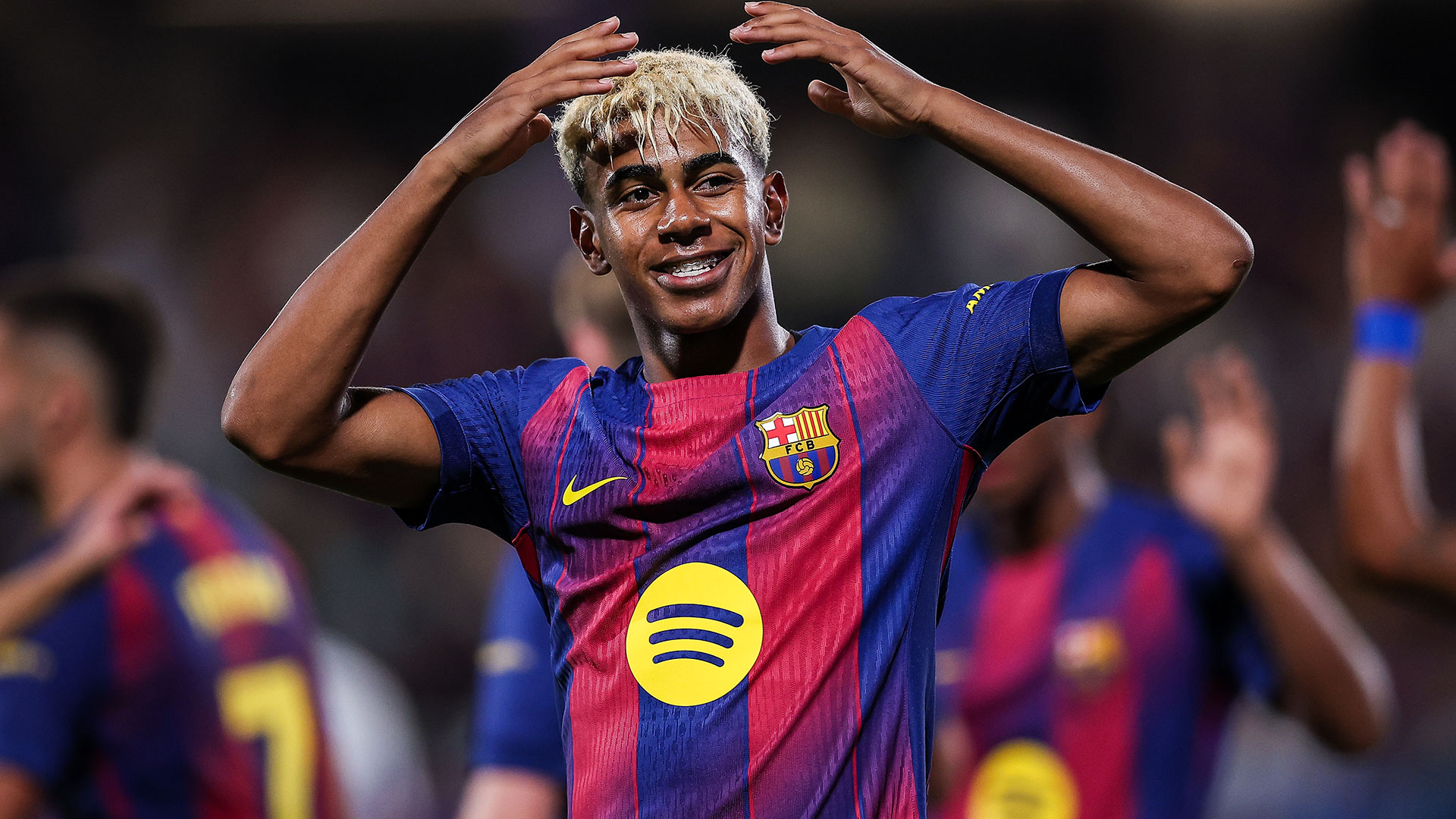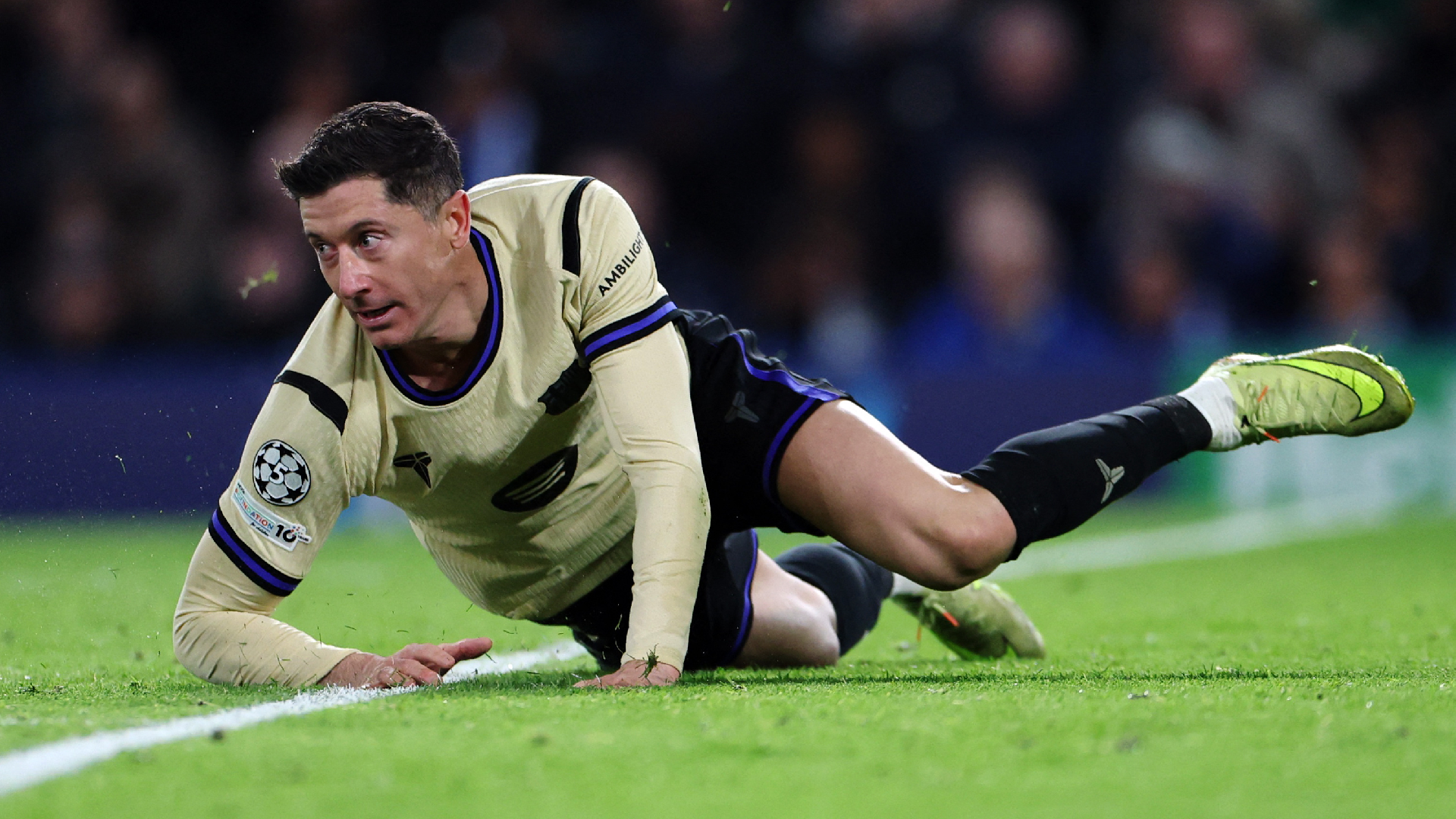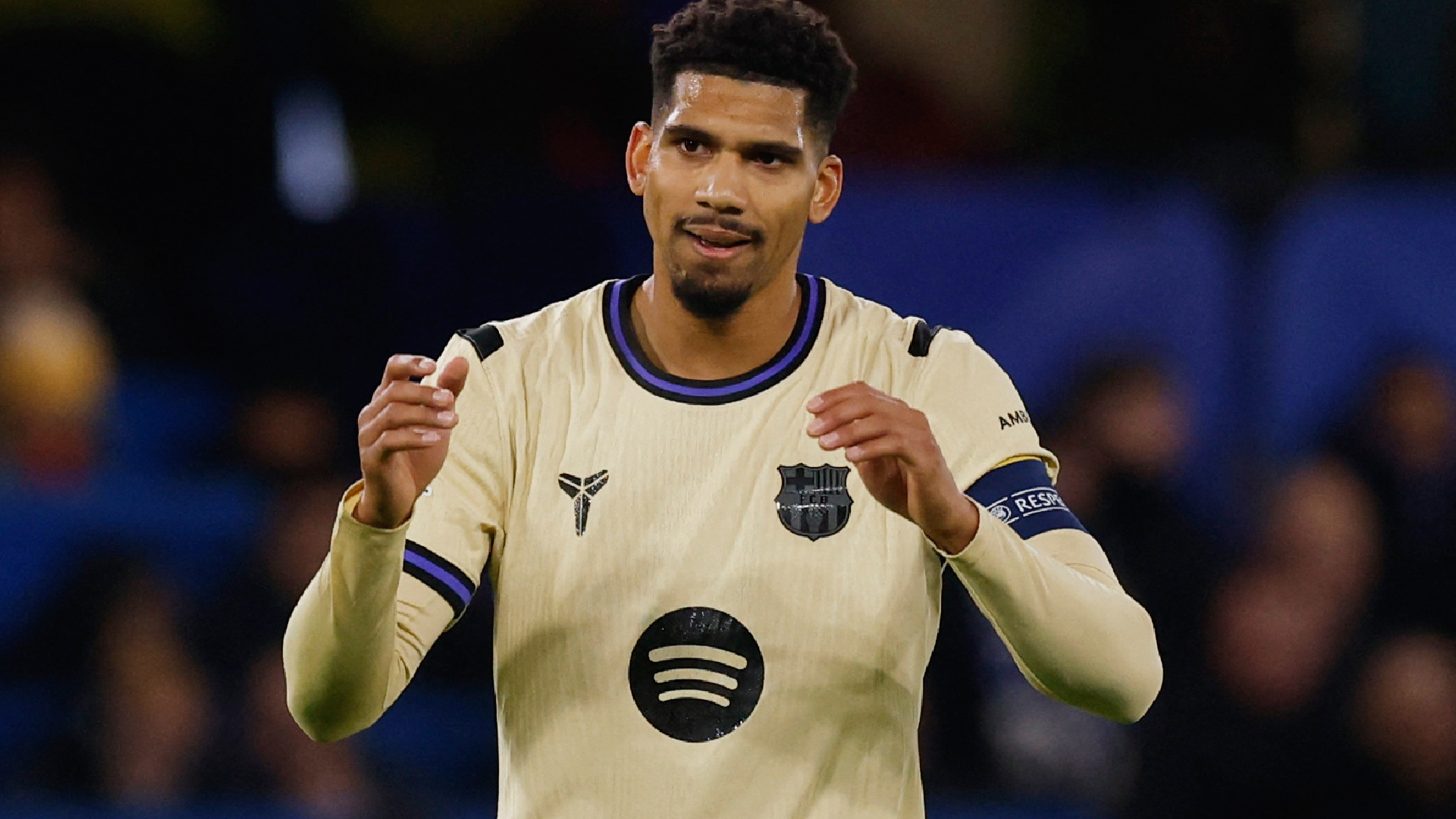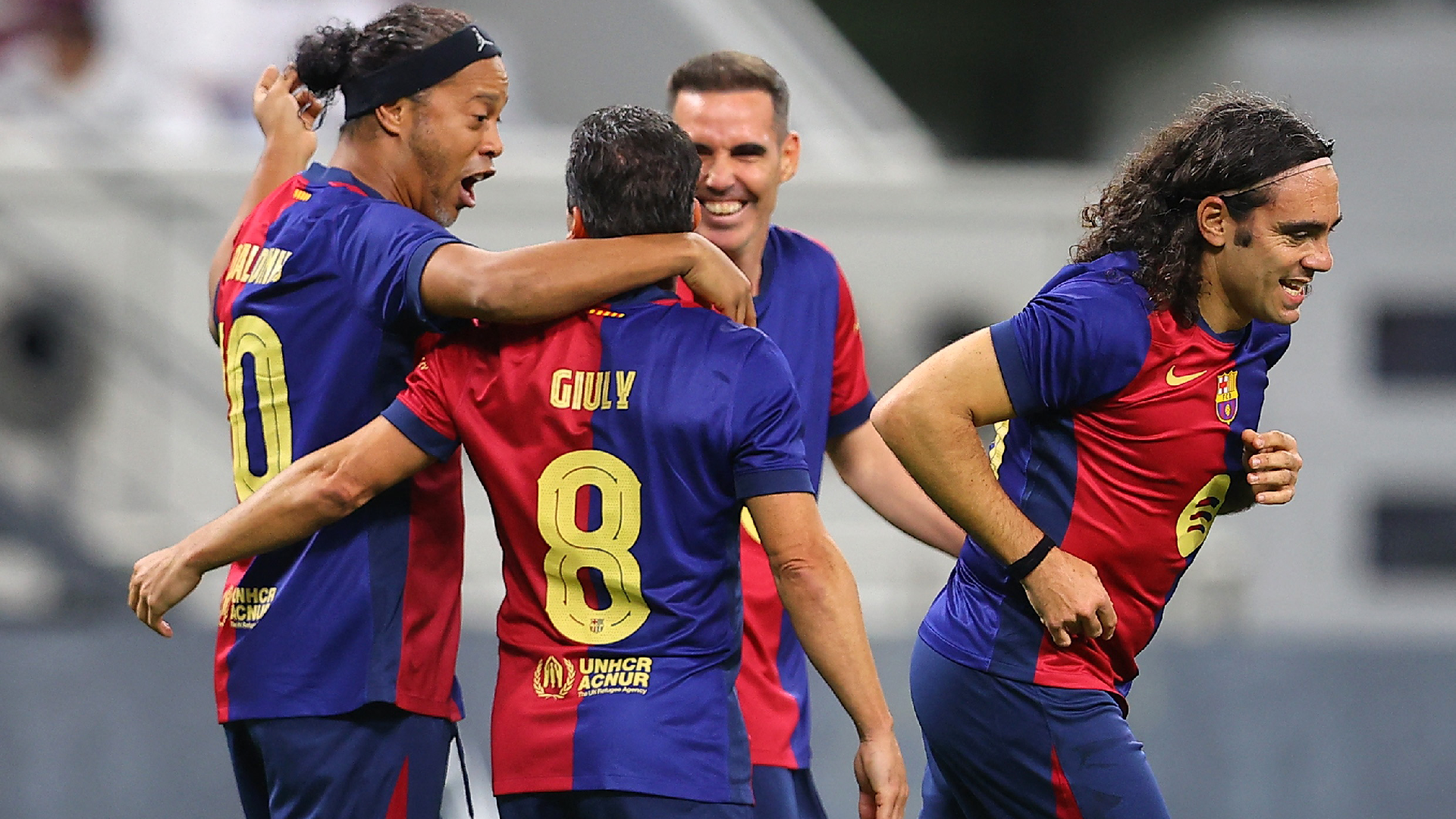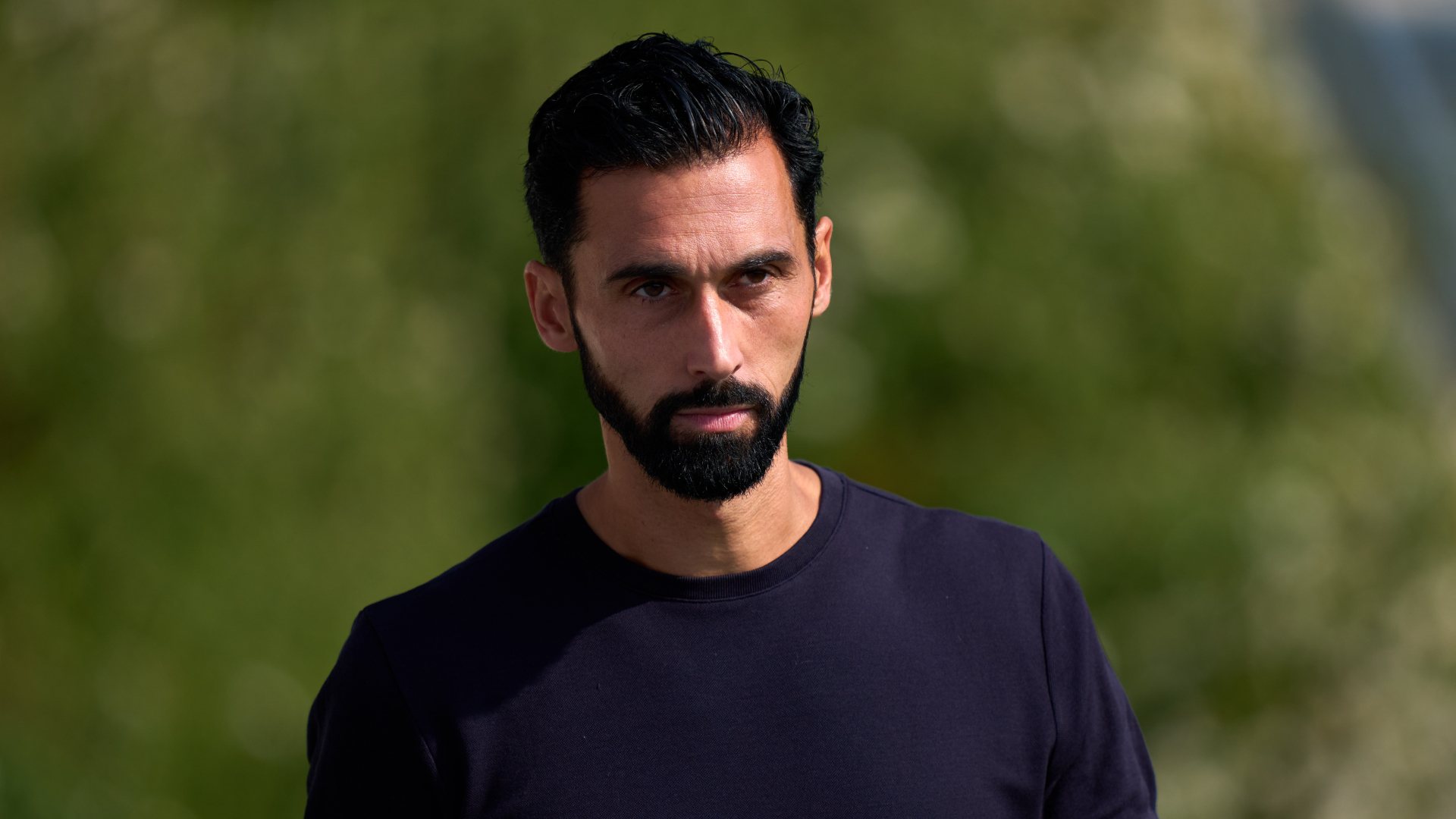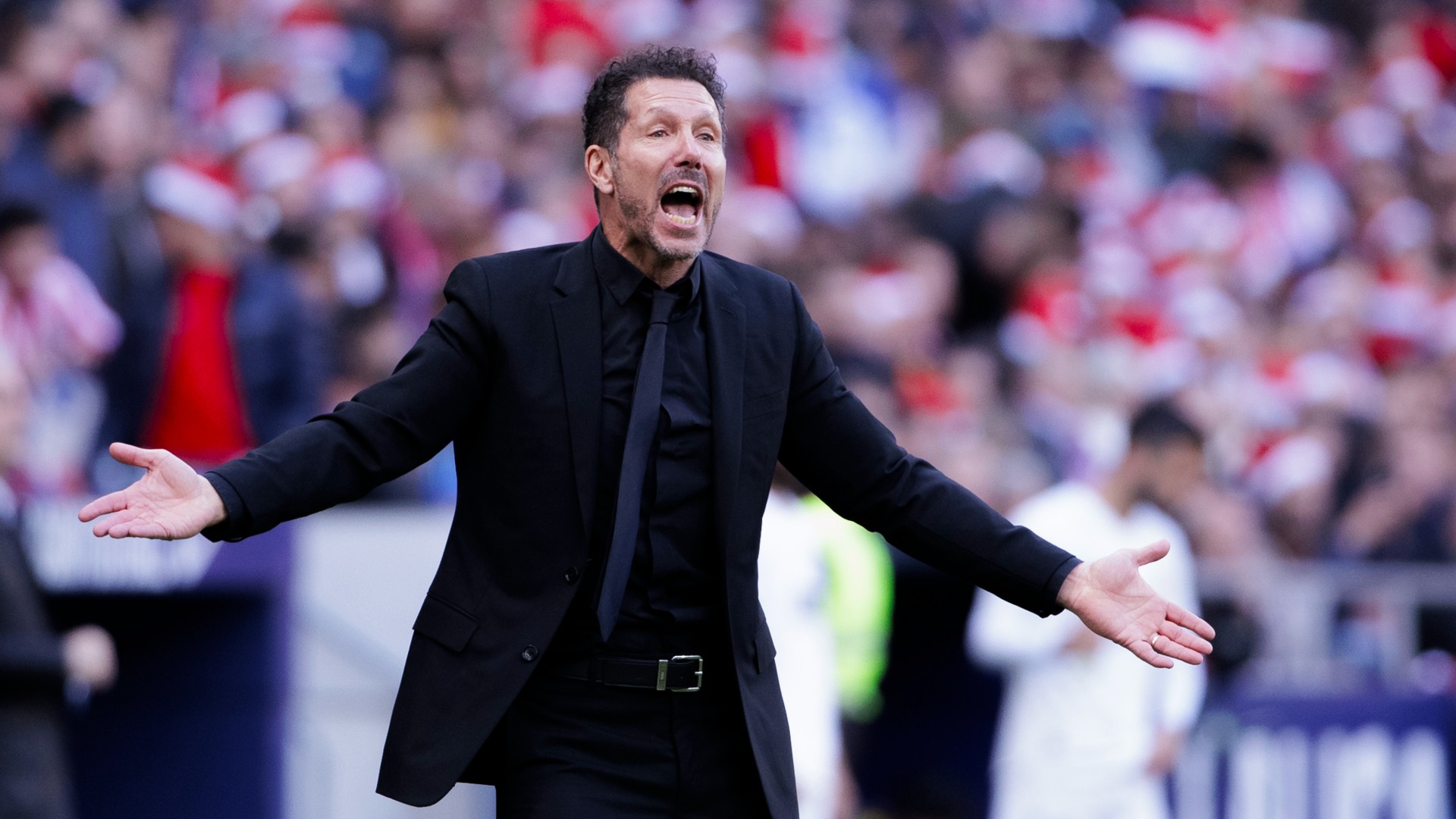- Home >
- Soccer >
- LaLiga >
- The Impossible Return: Camp Nou Still Lacks a License, and Barça Can’t Go Home
The Impossible Return: Camp Nou Still Lacks a License, and Barça Can’t Go Home
The long-awaited return of Barcelona to the Spotify Camp Nou has been delayed once again. Infrastructure setbacks and licensing issues are forcing the club to keep playing at Montjuïc, with both sporting and financial consequences.
Access issues and license delays
The comeback to the Spotify Camp Nou has become one of the biggest uncertainties surrounding Barcelona this season. What was initially planned as a gradual return home has been hindered by infrastructure problems and the lack of official permits from city authorities, who have opted not to take risks with season-ticket holders and supporters.
The original plan, known as “Phase 1A,” involved a partial reopening of the stadium for 27,000 spectators, opening only the Tribuna and Gol Sur sections. However, without the necessary license, the club was forced to return to the Estadi Olímpic Lluís Companys, where they have already played several matches, including games against Valencia and Getafe.
Municipal engineers inspected the site and concluded that the construction work had not yet reached the safety standards required to host fans. This decision has significantly delayed the club’s timeline for returning to its historic home.
Barcelona shifts strategy toward a larger reopening
In recent weeks, the Blaugrana board has changed its approach. Instead of pushing ahead with Phase 1A, the club now plans to wait for “Phase 1B,” which would allow an increased capacity of approximately 45,000 spectators by adding the Lateral stand to the already planned Tribuna and Gol Sur sections.
Meanwhile, upcoming matches against Girona and Olympiacos, scheduled after the international break, will also be played at Montjuïc, which can host around 50,000 fans. According to the club’s financial department, revenue generated at the Estadi Olímpic with that attendance is similar to what would be expected from a partially opened Camp Nou with 27,000 spectators.
For this reason, Barcelona sees Phase 1B as a more financially viable option. It would allow for higher earnings during the final months of 2025 and the start of 2026. City engineers are expected to conduct further inspections in the coming days to assess the progress and determine whether the stadium can finally receive the required license.
A delay with sporting and financial repercussions
Although Hansi Flick’s team has adapted reasonably well to playing at Montjuïc, the absence of the Spotify Camp Nou is being felt on multiple fronts: it impacts the connection with fans, limits match-day revenue, and delays the return to normalcy at one of world football’s most iconic venues.
For now, the homecoming remains “impossible.” A mix of bureaucracy, ongoing construction, and financial considerations is forcing Barcelona to keep waiting before they can return to their legendary stadium—a moment eagerly anticipated by the club and its supporters alike.













